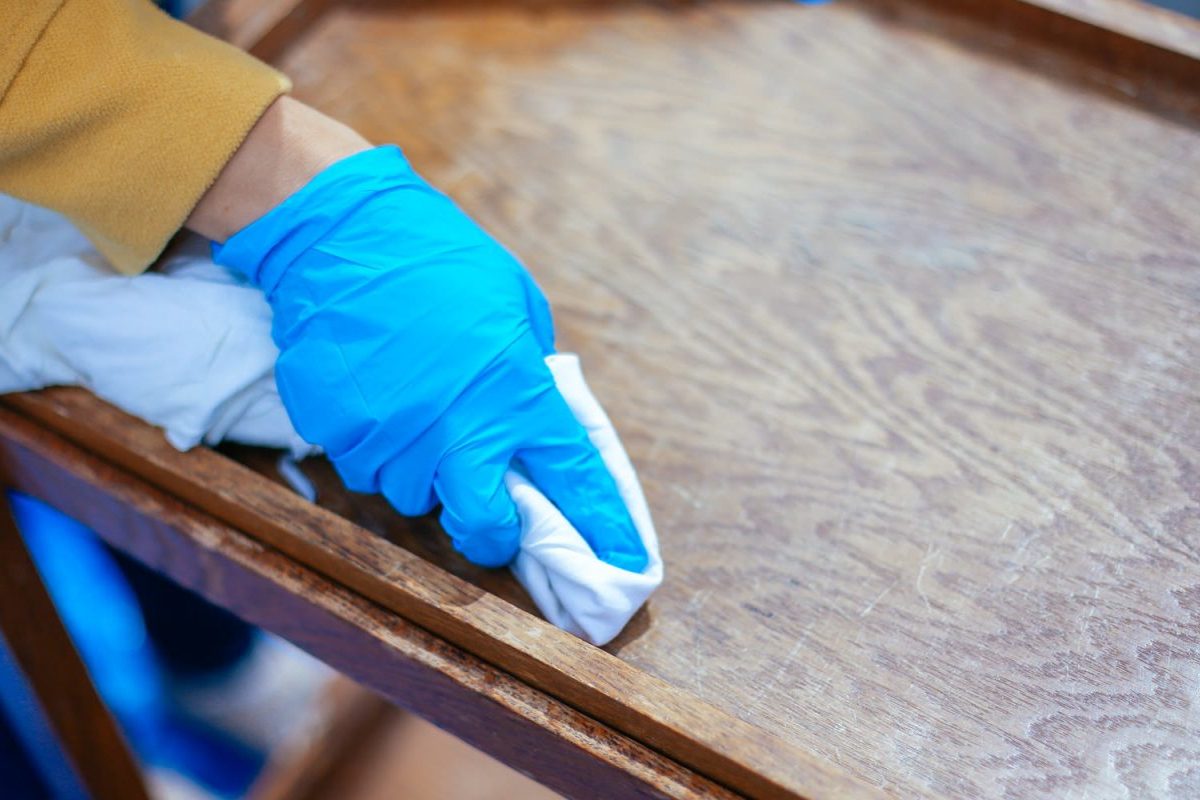Refinishing furniture can be a fun project for you and your family, but it should not be done carelessly. This guide will teach you how to refinish furniture step by step.
Follow these if you want to give any piece of furniture a new life:
1. Clean the Piece of Furniture
You might be working with something old, thus any dirt buildup should always be removed. This might require anything from dusting off to scrubbing with water and soap.
It can be more intensive if there are stains, which call for a sponge scrub. For carvings, an old toothbrush will let you get to tighter spaces. Always use a towel to pat it dry after cleaning.
2. Strip or Sand the Wood
You can sand off the wood or apply a chemical stripper to remove existing varnish, paint, or wood stains.
If you want to physically sand it, use a power sander or sandpaper to get rid of the finish. Meanwhile, if you want to use a chemical stripper, you only need to apply it to the furniture surface and let it sit before peeling it off. To avoid skin irritation, wear a mask, gloves, and protective eyewear.
There are times when you need to sand it again after stripping it. To do this, properly remove the stripper from the surface and let it dry fully. After that, sand the surface with a sandpaper of 120 grit and eventually 150 or 220 to get all stains and paint off.

3. Fix Imperfections
Use a wood filler, Bondo, or sparkle to fill cracks and other imperfections. Oak, mahogany, and similar wood species will need a grain filler to address open grains.
For staining, pick a grain or wood filler close to the stain you want to use. Mixing a generic wood filler and a small amount of stain can achieve a custom wood filler color. The filler color does not matter if you will be painting over the piece.
Smooth out the surface with a sandpaper of 220 grit when the wood filler has dried. Wipe away dust and add two coats of primer if necessary.
4. Paint or Stain
Staining is ideal for solid wood pieces with basic scrapes and water rings. Water-based stains are easy to use, less smelly, and not flammable. Meanwhile, a gel stain offers more flexibility during application. Oil-based stains quickly penetrate the wood but are sticky and smelly.
To apply the stain, put it on a brush or rag and wait a minute. Next, wipe it in the direction of the grain. Avoid overly wiping the furniture and only add more coats if you want to achieve a darker color.
For paint, read the instructions carefully and let the paint dry before applying more coats or touching up.
5. Seal the Stain or Paint
The last step is to apply the finish. You can choose from oils, varnishes, waxes, and polyurethane. Pick the right finish based on durability, ease of use, planned location, and desired look. When applying the product, use gloves to prevent getting residue on your hands.
And that’s it! You now know how to refinish any piece of furniture.


